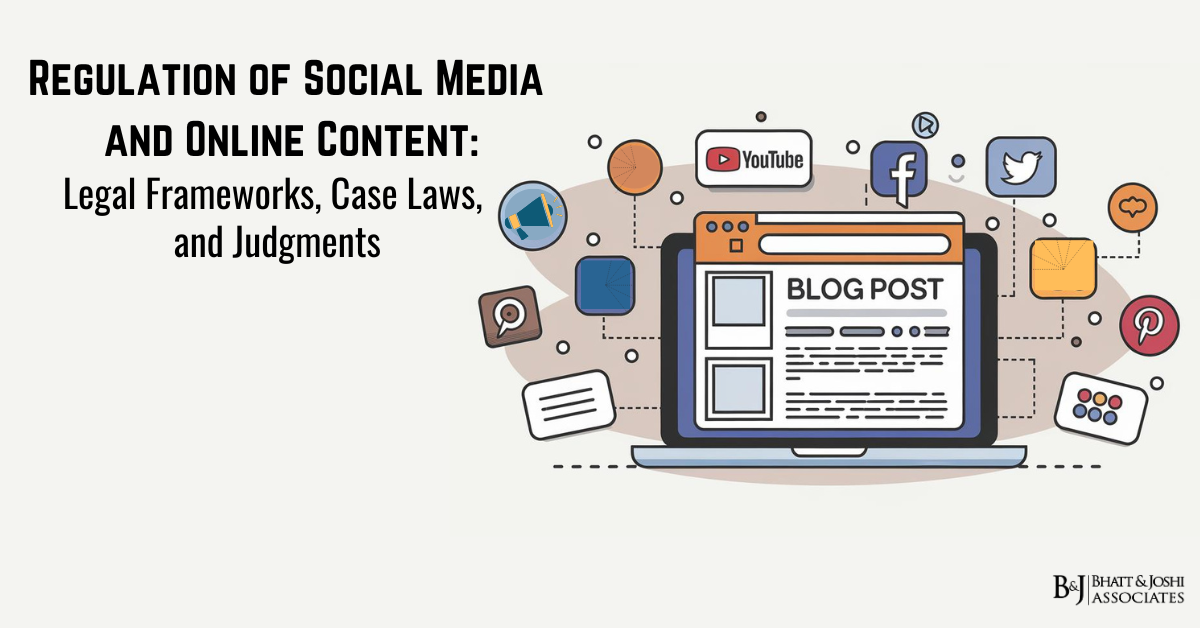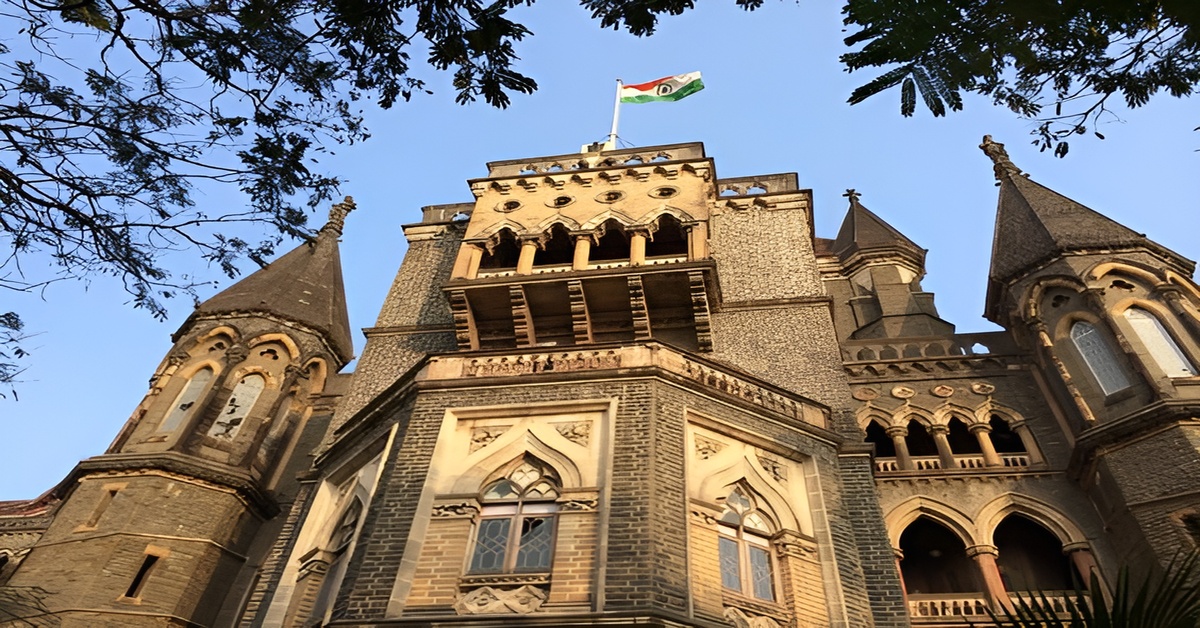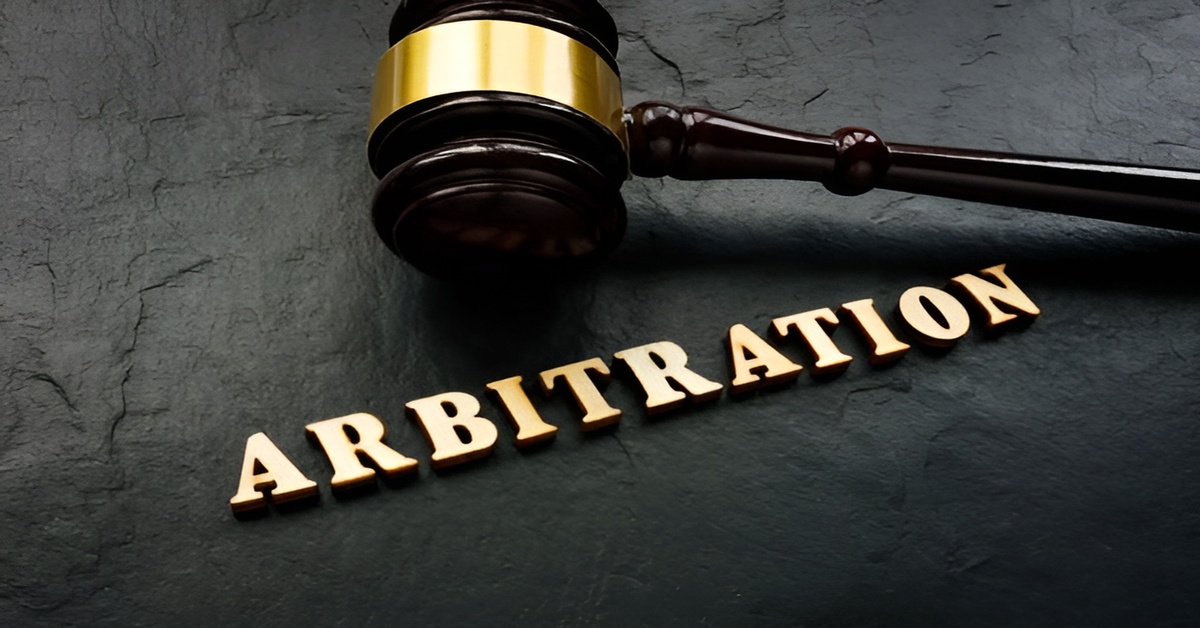Introduction
Social media and online platforms have dramatically reshaped the way individuals communicate, share information, and engage with the world. The proliferation of platforms such as Facebook, Twitter, YouTube, Instagram, and TikTok has fostered unprecedented access to information and public discourse. However, this evolution has also brought with it significant challenges in regulating the vast and often ungoverned space of social media. From privacy concerns and misinformation to intellectual property violations and hate speech, governments worldwide face the task of creating effective frameworks to regulate online content while balancing rights like freedom of speech and privacy. The scope of social media regulation spans issues related to content moderation, user data protection, intermediary liability, and free expression. As these platforms operate across borders, the legal frameworks surrounding their regulation often vary significantly depending on the jurisdiction. This article will explore how social media and online content are regulated globally and within India, the relevant laws governing this area, and key case laws and judgments that have helped shape the legal landscape.
The Global Landscape of Social Media and Online Content Regulation
Globally, governments have employed diverse approaches to regulate social media. The variety in regulatory frameworks stems from differences in legal traditions, political ideologies, and cultural norms. While some countries have adopted stringent control mechanisms, others have adopted more open and democratic approaches to maintain the sanctity of free speech.
The United States: Section 230 of the Communications Decency Act
In the United States, one of the most significant laws regulating social media is Section 230 of the Communications Decency Act (CDA), 1996. Section 230 is often referred to as the law that “created the internet” because of its pivotal role in shielding online platforms from liability for content posted by users. The statute essentially treats online platforms as intermediaries rather than publishers, meaning they cannot be held legally responsible for the speech and activities of their users. This immunity has been crucial in allowing social media platforms to grow without being overwhelmed by lawsuits regarding user-generated content.
However, Section 230 has been the subject of significant controversy, particularly regarding its role in content moderation. Critics argue that the broad immunity granted by Section 230 allows platforms to shirk responsibility for harmful content such as hate speech, misinformation, and incitement to violence. In recent years, there have been bipartisan calls in the United States for reforming Section 230, with proposals ranging from limiting its scope to increasing transparency in how platforms moderate content.
A landmark case that tested the boundaries of Section 230 is Gonzalez v. Google LLC (2023), where the plaintiffs alleged that Google’s YouTube algorithm recommended terrorist content that led to the radicalization of individuals involved in a terrorist attack. The U.S. Supreme Court’s decision reinforced that algorithms used by platforms to recommend content fall under the protections of Section 230, maintaining the immunity provided to intermediaries.
The European Union: The General Data Protection Regulation (GDPR) and the Digital Services Act (DSA)
The European Union has taken a more regulatory approach, particularly focusing on user privacy and data protection. The General Data Protection Regulation (GDPR), which came into effect in 2018, is one of the most comprehensive data protection laws globally. The GDPR establishes strict rules for how personal data is collected, processed, and stored by social media platforms. It grants users significant control over their personal information, including the right to access, rectify, or delete their data, often referred to as the “right to be forgotten.”
The GDPR also mandates that companies obtain explicit user consent before collecting data and imposes heavy fines on companies that fail to comply with these standards. Social media platforms operating in the EU are required to adhere to these rules, which significantly impact their data collection and advertising practices.
Complementing the GDPR is the Digital Services Act (DSA), which aims to create a safer and more accountable online environment in the EU. The DSA imposes obligations on platforms to moderate illegal content, be transparent about their algorithms, and ensure a fair system for content removal and appeals. The DSA also mandates larger platforms (like Facebook and Google) to conduct risk assessments and audits to prevent the spread of harmful content, ensuring accountability for illegal activities facilitated through their services.
China: The Cybersecurity Law and Content Regulations
In contrast to the more permissive regulatory frameworks in the West, China has implemented highly restrictive controls over social media. The Cybersecurity Law, enacted in 2017, requires companies operating in China to store data locally and grants the government extensive power to regulate and monitor online content. Social media platforms must comply with strict censorship guidelines, and users can face severe consequences for posting content that is deemed harmful to state interests, politically sensitive, or culturally inappropriate.
China’s approach to regulating online content is deeply intertwined with its broader policy of internet censorship, commonly referred to as the “Great Firewall.” Social media platforms like WeChat and Weibo must comply with real-time monitoring, content filtering, and reporting to ensure that only government-approved narratives are amplified.
Regulation of Social Media and Online Content in India
India has emerged as one of the largest markets for social media and online content platforms, with millions of active users. This rapid growth in digital activity has necessitated the establishment of robust regulatory frameworks to address issues ranging from misinformation and fake news to hate speech and data privacy.
The primary legal framework governing social media and online content in India is the Information Technology Act, 2000. The Act grants legal recognition to electronic records and defines the responsibilities of intermediaries, including social media platforms, regarding user content. In 2021, the Government of India introduced the Information Technology (Intermediary Guidelines and Digital Media Ethics Code) Rules, often referred to as the 2021 IT Rules, which expanded upon the existing provisions of the IT Act to create more specific guidelines for online platforms.
The IT Rules, 2021: An Overview
The Information Technology (Intermediary Guidelines and Digital Media Ethics Code) Rules, 2021 represent a comprehensive set of regulations aimed at addressing unlawful content, ensuring user privacy, and holding social media platforms accountable. The rules distinguish between regular social media intermediaries and significant social media intermediaries (SSMIs)—platforms with a large user base—and impose stricter compliance requirements on the latter.
Key provisions of the 2021 IT Rules include:
Grievance Redressal Mechanism: Social media platforms must establish a grievance redressal system to allow users to report unlawful content. They must appoint a Grievance Officer who will be responsible for resolving user complaints within a set timeframe.
Traceability: One of the most controversial aspects of the IT Rules is the requirement for significant social media intermediaries (such as WhatsApp and Facebook) to identify the “first originator” of messages deemed unlawful. This provision was introduced to tackle misinformation and hate speech but has raised concerns over user privacy and the impact on encrypted messaging services.
Compliance Officers: SSMIs must appoint a Chief Compliance Officer, a Nodal Contact Person, and a Resident Grievance Officer to ensure compliance with the regulations and act as a point of contact for law enforcement agencies.
Content Takedown and Automated Tools: Platforms are required to remove any content flagged by authorities as unlawful within 36 hours. Furthermore, platforms must deploy automated tools to identify and take down content related to child pornography, rape, or other harmful material.
Judicial Scrutiny and Legal Challenges
The IT Rules, 2021, have been the subject of numerous legal challenges, with critics arguing that they grant excessive powers to the government, enabling censorship and threatening user privacy. Several petitions have been filed in courts across India challenging the constitutionality of the rules, particularly the provisions related to traceability and content takedown.
Facebook v. Union of India (2021) is one such case, in which social media platforms, including Facebook and WhatsApp, challenged the IT Rules, arguing that the traceability requirement violates the right to privacy as recognized in the landmark Puttaswamy judgment. The case is still pending before the Supreme Court, and its outcome will have significant implications for the future of social media regulation in India.
Another important case that shaped the legal landscape of social media regulation in India is Shreya Singhal v. Union of India (2015). In this case, the Supreme Court struck down Section 66A of the Information Technology Act, which criminalized the posting of “offensive” or “menacing” messages online. The Court held that the provision was unconstitutional as it violated the right to freedom of speech and expression under Article 19(1)(a) of the Constitution. The Court’s ruling emphasized that vague and overbroad laws cannot be used to restrict free speech on social media platforms.
Content Moderation and Free Speech: A Delicate Balance
One of the most challenging aspects of regulating social media is finding the right balance between protecting free speech and moderating harmful content. In democratic societies, freedom of expression is considered a fundamental right, but it is not absolute. Governments can impose restrictions on speech that incites violence, spreads hate, or violates the rights of others.
Social media platforms have their own content moderation policies, often referred to as “community guidelines.” These guidelines govern the types of content that are allowed on the platform and provide for the removal of content that violates the platform’s policies. However, content moderation decisions are often opaque, and platforms face criticism for both over-censoring and under-censoring content.
A landmark judgment in this area is the Anuradha Bhasin v. Union of India (2020) case, where the Supreme Court of India ruled on the constitutionality of internet shutdowns in Jammu and Kashmir. The Court emphasized that access to the internet is an important part of the right to freedom of speech and expression, and any restrictions must be proportionate and subject to judicial review. While this case primarily addressed internet access, its principles are relevant to discussions on content moderation and free speech on social media platforms.
Privacy and Data Protection in Social Media Regulation
The rapid growth of social media platforms has raised significant concerns about user privacy and data protection. Platforms collect vast amounts of personal data from users, which is often used for targeted advertising and other commercial purposes. The question of how this data is collected, stored, and shared has become a critical issue in social media regulation.
In India, privacy concerns have been addressed through the Personal Data Protection Bill, 2019 (PDP Bill). The PDP Bill seeks to regulate the collection, processing, and storage of personal data by social media platforms and other entities. It mandates that platforms obtain explicit user consent before collecting data and provides users with the right to access and correct their data. The bill also includes provisions for data localization, requiring companies to store certain types of sensitive data within India.
The Puttaswamy judgment of 2017, which recognized the right to privacy as a fundamental right under the Indian Constitution, has been a key influence on social media regulation in India. This landmark judgment has been cited in numerous cases challenging the constitutionality of data collection and surveillance practices by social media platforms and the government.
Intellectual Property Rights and Online Content
Another critical area of regulation is the protection of intellectual property (IP) rights on social media platforms. The ease with which content can be shared on these platforms has led to widespread copyright violations, making it necessary to establish mechanisms for protecting the rights of content creators.
In India, the Copyright Act, 1957, governs the protection of copyright on social media platforms. The Act includes provisions for takedown notices, which allow copyright holders to request the removal of infringing content from online platforms. Social media platforms are required to comply with these notices to avoid liability for hosting infringing content.
In Super Cassettes Industries Ltd. v. MySpace Inc. (2011), the Delhi High Court held that social media platforms could not be held liable for copyright infringement committed by their users, provided that the platform complied with takedown requests in a timely manner. The Court emphasized that the role of intermediaries in facilitating the sharing of content must be balanced against the need to protect intellectual property rights.
Conclusion: Regulation of Social Media and Online Content
The regulation of social media and online content is a complex and evolving area of law. Governments face the challenge of balancing the need to protect free speech and privacy with the need to regulate harmful content, prevent misinformation, and safeguard intellectual property. Different countries have adopted varying approaches to regulation, ranging from the permissive framework of Section 230 in the U.S. to the stringent data protection rules of the GDPR in the EU and the censorship-heavy approach in China.
India’s regulatory framework, particularly the IT Act and the 2021 IT Rules, reflects an attempt to address the unique challenges posed by the growing use of social media platforms. However, the rules have sparked considerable debate about the balance between free speech, privacy, and government control. The outcomes of ongoing legal challenges will play a crucial role in shaping the future of social media regulation in India and beyond.
As technology and social media platforms continue to evolve, so too will the legal frameworks that govern them. It is essential that these frameworks remain flexible enough to address new challenges while upholding fundamental rights. The future of social media regulation will likely be shaped by an ongoing dialogue between governments, platforms, and users, with the judiciary playing a key role in striking the right balance between competing interests.














